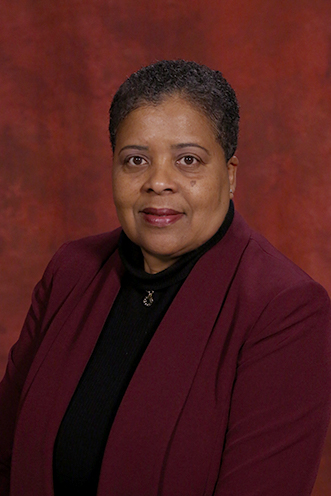Contact: Thesla Berne-Anderson
(850) 644-4607
Thesla.anderson@med.fsu.edu
By Meredith FraserJune 2010
Addressing disparities in Florida’s physician workforce requires starting early – long before a medical school’s admissions process begins. At the Florida State University College of Medicine, part of that effort is a summer “mini med school” for high-school students.
Fifty-four students from across Florida are participating in one of the college’s three Summer Institute sessions. The college’s six regional campuses – in Daytona Beach, Fort Pierce, Orlando, Pensacola, Sarasota and Tallahassee, in addition to a rural training site in Immokalee – invite students from their area high schools to apply.
The weeklong sessions, for rising juniors and seniors, provide an inside look at what it means to be both a doctor and a medical student. It’s one way to encourage students from diverse backgrounds to consider a career in medicine. Typically, children from medically underserved communities or backgrounds never get that encouragement.

Thesla Berne-Anderson M.S.
“Our goal for the Summer Institute is to recruit students from rural, underserved and minority backgrounds and, at the same time, recruit students from other parts of Florida who have a desire to work in medically underserved areas,” said Thesla Berne-Anderson, director of college and pre-college outreach at the College of Medicine.
Participants shadow physicians and medical students, visit rural health centers and get college testing and application advice. They also attend faculty lectures on topics such as medical ethics, migrant health care and doctor-patient relations. In several activities, the participants go through training similar to what real med students face.
The focus on minority recruitment stems from the college’s founding mission to help train physicians for Florida’s traditionally underserved populations. A 2007 study indicated that fewer than 5 percent of Florida’s practicing physicians are African-American and 15 percent are Hispanic. By contrast, the U.S. Census Bureau classifies nearly 16 percent of Florida’s overall population as African-American and more than 20 percent as Hispanic. As Florida’s population continues to grow and its number of practicing physicians declines, people who were underserved from the beginning suffer all the more.
Elizabeth Foster, the college’s assistant director of research and graduate programs, traveled around the state in the spring to meet with students interested in medicine and in the Summer Institute.
“The selection process is competitive,” she said. “We sought the best and brightest at their schools – from a GPA of at least 3.5 and outstanding leadership, volunteerism and a passion for science and medicine. They should feel proud about being selected. We’re certainly proud to have them here.”


